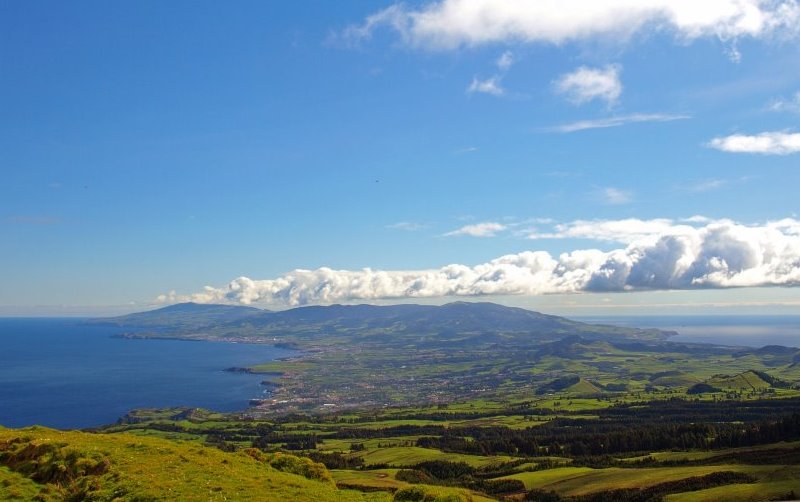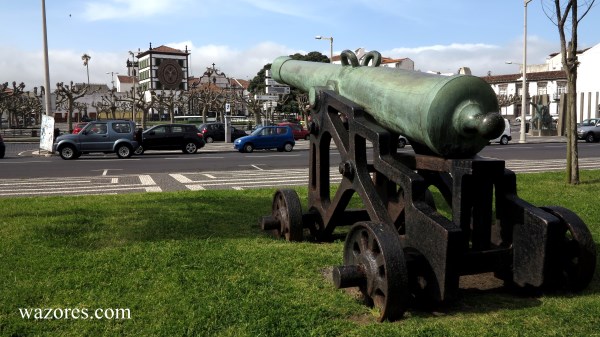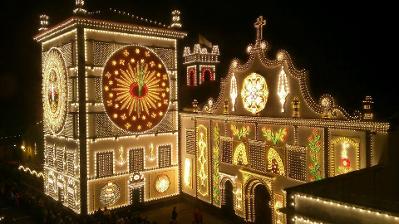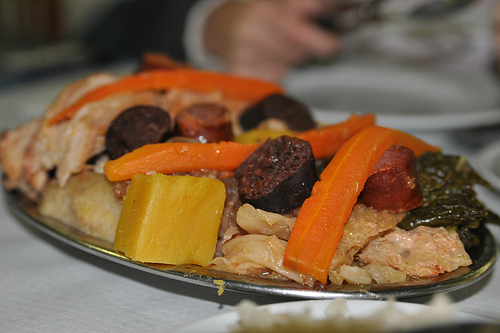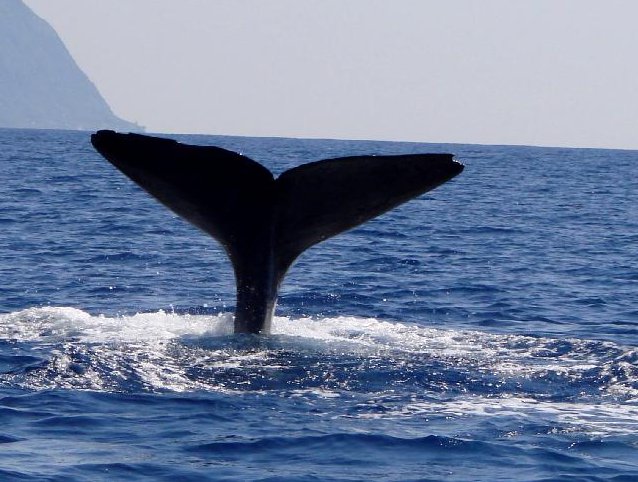Whale watching.
The Azores is considered the best destination for the Whale watching in the World.
The archipelago of the Azores is an important sighting area for numerous species of cetaceans.
The distribution of marine predators is directly connected to the abundance and localization of prey. In the archipelago of the Azores, we can find 24 species of cetaceans.
In the geginning of spring and towards the end of October, we can sight some baleen whales, such as the Blue Whale, the Mink Whale, the Sei Whale , the Humpback Whale and the Fin Whale , being the last one the most sighted of them all.
Of all the species of dolphins sighted in the Azores, the most sighted are the Common Dolphin, the Bottlenose Dolphin, the Spotted Dolphin and the Risso´s. Most of the year we can sight the Common Dolphin.
The Sperm Whale is one of the largest cetaceans currntly in existence, and the largest of the toothed whales reaching 18 to 20 meters in lenght. Females and calves live in reproduction groups of 20 to 25 individuals. These cetaceans feed specially on large squids.
Each cetacean observation in the Azores becomes a journey full of surprises.
From the 81 species identified worldwide, 24 have been confirmed as sighted in Azorean waters.
Whale watching activity in the Azores has experienced a quick growth. Therefore, more and more specialized businesses have been developing in this area, as the number of people looking for this experience grows.
Sperm whale has become the tourist symbol of the Azores.
